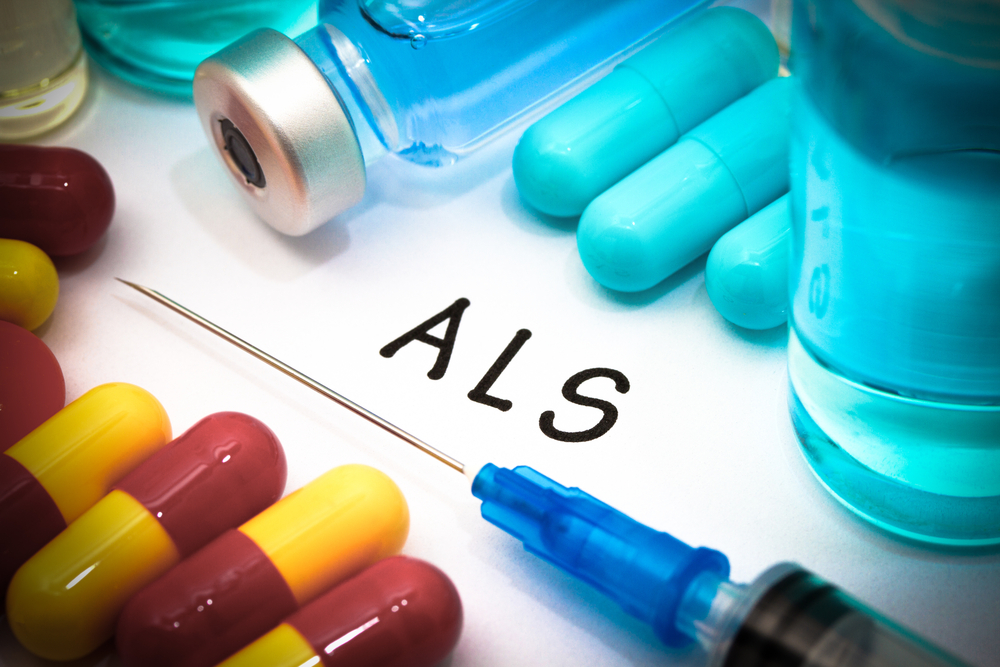Israeli scientists say step taken toward finding treatment for ALS

Researchers at Tel Aviv University say they may have found the basis of what could become a treatment for the devastating neurodegenerative Lou Gehrig disease, or amyotrophic lateral sclerosis (ALS), which causes muscles to atrophy and produces permanent disability in patients.
Currently there is no cure for the illness, and life expectancy of a person with ALS averages about two to five years from time of diagnosis.
“While we are not claiming we have found the cure for ALS, we have certainly moved the field forward,” Dr Eran Perlson of the Department of Physiology and Pharmacology at TAU’s Sackler Faculty of Medicine, who led the study, said in a statement.
“The findings may be the basis of a future drug,” he said in a phone interview on Sunday, though “it will take time.”
The study highlights, for the first time, the importance of toxic muscle-secreting molecules in the pathology of ALS, the researchers said.
The research, conducted by TAU doctoral students Roy Maimon and Ariel Ionescu in collaboration with Dr. Oded Behar of Hadassah Medical Center in Jerusalem, was recently published in the Journal of Neuroscience.
The idea behind the study, Perlson said, was to gain insight into the cause of the disease and the mechanism behind it. So, the researchers focused on the area in which motor neurons interact with the muscles — the areas first to be damaged by ALS. Their study revealed that in people affected by the disease, the muscle secretes toxic factors that cause damage. They also found that these toxic factors are bound to special receptors found on neurons.
In people with ALS, Perlson said, the level of toxicity was found to be higher, but there was also an increase on the number of receptors.
In addition, the researchers found that this higher toxicity occurred when there were reduced levels of one specific microRNA (miRs): the miR-126-5p, in ALS models. MicroRNAs are small molecules that regulate the translation of proteins and play an important role in many other cellular processes.
Perlson and his team say this miR could one day be used to treat ALS. And they say lab work on mice has showed that symptoms of ALS can be improved by manipulating the miR-126-5p.
Using silicon chips to model the human environment, the team discovered that genetic manipulation of that specific microRNA significantly slowed the neuron degeneration process.
Read More: Times of Israel